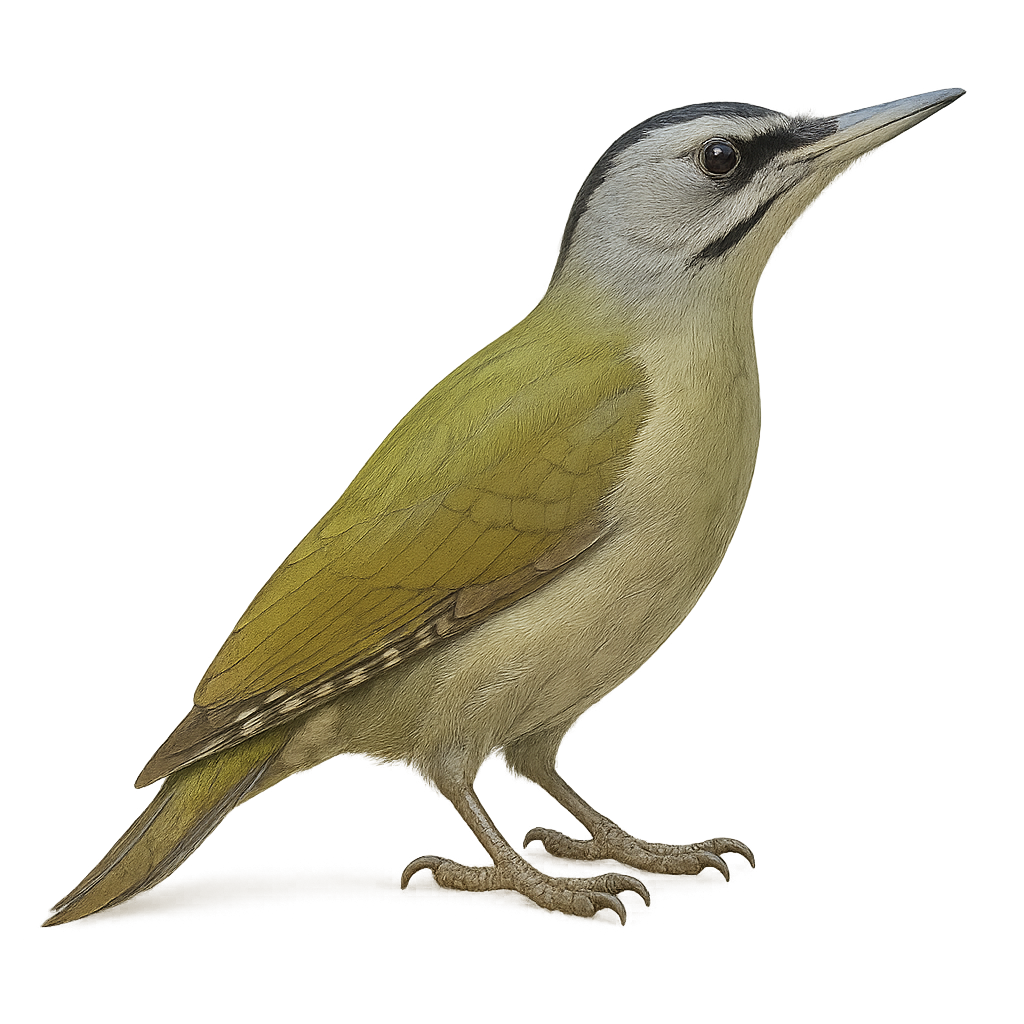Your wildlife photography guide.
Explore the grey-headed woodpecker in detail, study its behavior, prepare your shots.
Where to observe and photograph the grey-headed woodpecker in the wild
Learn where and when to spot the grey-headed woodpecker in the wild, how to identify the species based on distinctive features, and what natural environments it inhabits. The WildlifePhotographer app offers tailored photography tips that reflect the grey-headed woodpecker’s behavior, helping you capture better wildlife images. Explore the full species profile for key information including description, habitat, active periods, and approach techniques.
Grey-headed Woodpecker
Scientific name: Picus canus

IUCN Status: Least Concern
Family: PICIDAE
Group: Birds
Sensitivity to human approach: Suspicious
Minimum approach distance: 20 m
Courtship display: March to April
Incubation: 14-17 jours
Hatchings: April to May
Habitat:
Forests and woodlands
Activity period :
Primarily active during the day, with peak activity in the morning and late afternoon.
Identification and description:
The Grey-headed Woodpecker is a bird belonging to the woodpecker family, primarily found in Eastern Europe, Asia, and the Middle East. It measures about 25 to 30 cm in length, with a wingspan of 40 to 45 cm, and weighs between 80 and 120 g. Its plumage is mainly gray, with a black and white head, and a red nape in males. It is distinguished by its sharp call and its ability to drill into tree trunks in search of larvae and insects, which are its primary food source. The Grey-headed Woodpecker lives in mixed forests and wooded areas, often nesting in dead or decaying trees. Although it is not considered threatened, the Grey-headed Woodpecker is vulnerable to deforestation and habitat loss.
Recommended lens:
400 mm – adjust based on distance, desired framing (portrait or habitat), and approach conditions.
Photography tips:
Approach slowly and discreetly: The Gray-headed woodpecker is a discreet bird that prefers to avoid disturbances. A calm approach will allow you to capture images without disturbing it.
Photograph early in the morning or late in the day, when the light is softer and the bird is most active, particularly in coniferous forests where it forages for food.
Capture its natural behaviors: The Gray-headed woodpecker is often seen searching for nuts or other foods in trees. Wait for a moment when the bird is busy drilling or handling objects in its environment.
Be patient and respectful: This woodpecker spends a lot of time foraging for food. Take your time to capture a natural shot without disturbing its activity.
The Gray-headed woodpecker is a vulnerable species, primarily threatened by habitat loss. Respect its forest environment and do not disturb its foraging or nesting sites. Be discreet and follow local conservation rules to protect this fragile species.
The WildlifePhotographer App is coming soon!
Be the first to explore the best nature spots, track rutting seasons, log your observations, and observe more wildlife.
Already 1 429 wildlife lovers subscribed worldwide

